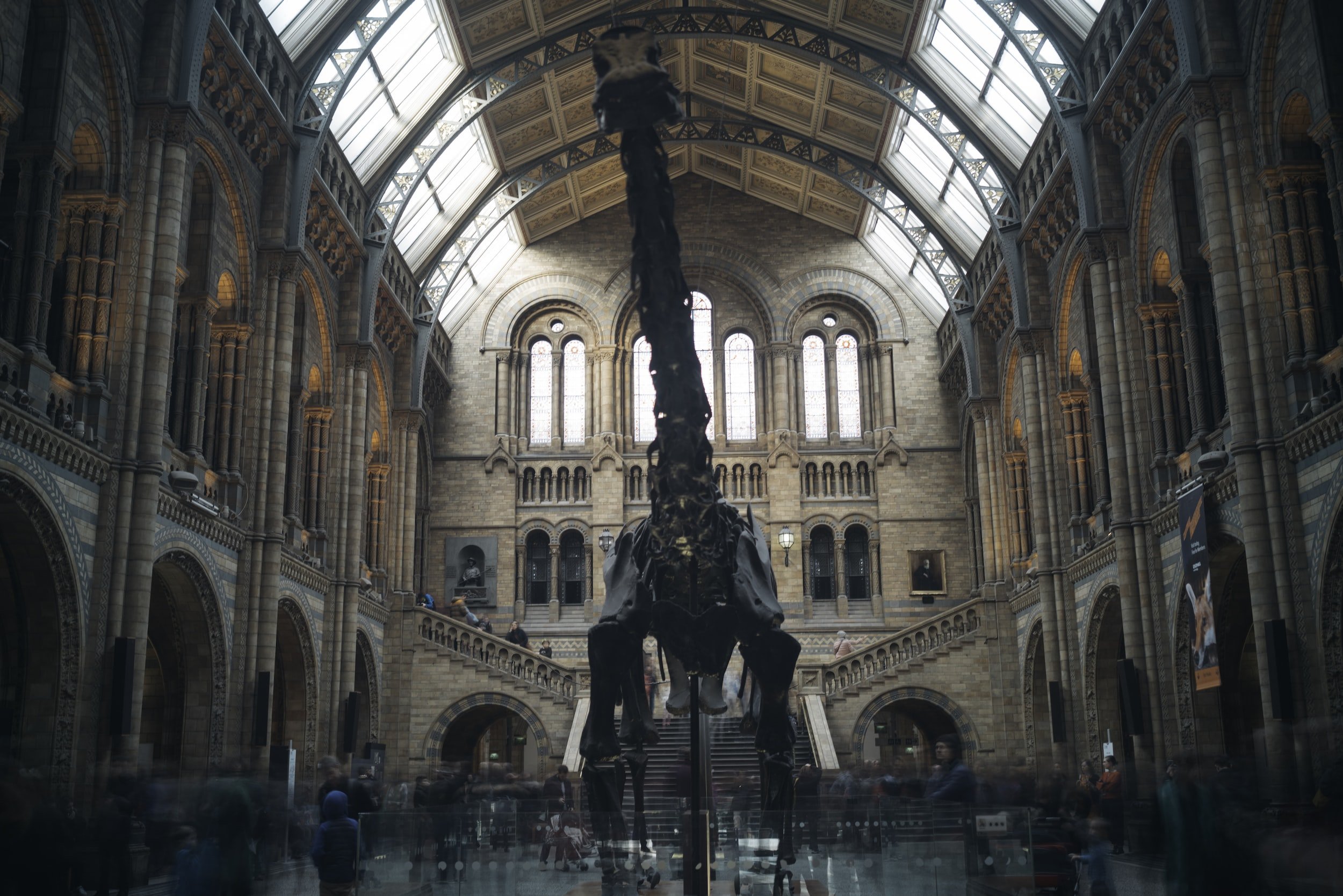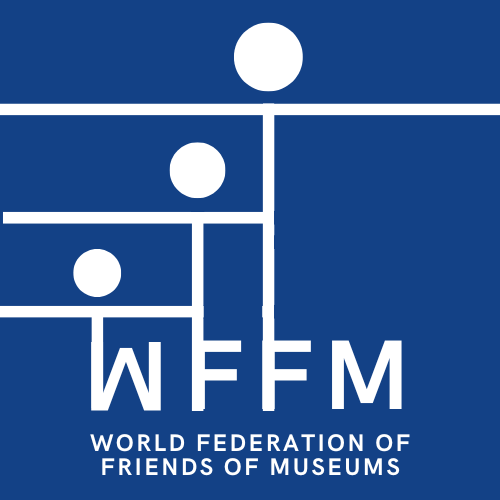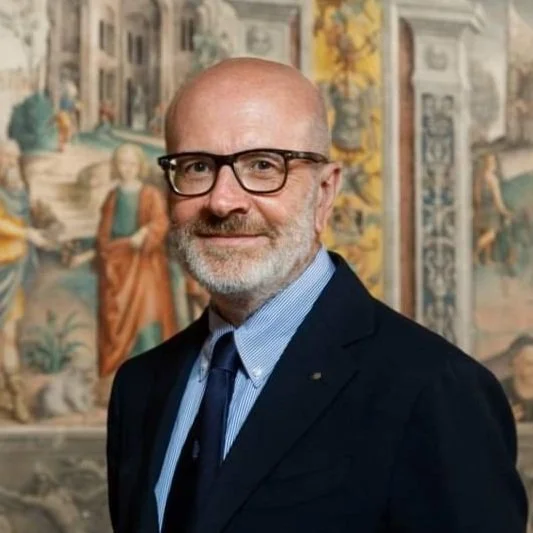
WFFM strengthens and unifies societies of Museum Friends worldwide
New members join over 2 million Museum Friends and Volunteers around the world.
There are many paths to membership.
Museum Friends federations, individuals, benefactors, and donors are all welcome.
Members gain the expertise and support of heritage keepers with decades of experience.
WFFM organises a Council and General Assembly Meeting, held once a year, and an International Congress held every three years, each time in a different city of the world.
These events unite Friends communities with experts across many disciplines.
Members are unified by a common purpose.
Thanks to ever-increasing membership, WFFM has achieved the role of a key player in the cultural world and has become a ‘representative of museum-goers’ worldwide, safeguarding museums while strengthening ties with museum professionals.
WFFM recognizes ICOM’s museum definition, as adopted in August 2022.
“A museum is a not-for-profit, permanent institution in the service of society that researches, collects, conserves, interprets and exhibits tangible and intangible heritage. Open to the public, accessible and inclusive, museums foster diversity and sustainability. They operate and communicate ethically, professionally and with the participation of communities, offering varied experiences for education, enjoyment, reflection and knowledge sharing.”
Executive Members
JULIA POOL
Secretary General
CAROLYN FORSTER
President
PAUL SOYEUR
Treasurer
NAÏMA SAGNA
Young Friends Coordinator
ITALO SCAIETTA
Vice-President
Europe
JANE LOMAX-SMITH
Vice-President
Africa Asia Pacific
MARTA ALVAREZ MOLINDI
Vice-President
South America
BRUCE BOLTON
Vice-President
North America

WFFM champions and preserves cultural heritage as the representative of museum-goers worldwide.
All “Friends of museums” share the objective to support museums and contribute to their development, acknowledgment and influence among the general public. They act on a voluntary and non-remunerative basis. Their support may be moral, financial or provided through voluntary work or expertise.
Volunteers, trustees, members of museum boards, benefactors, donors, as well as research fellows or honorary curators are all considered Friends of museums.
The term “support”, however, might sound too passive, for what the Friends have achieved is to bring the voice of the lay person, the non-specialist, into the museums. And over the years, their hard work and ideas have brought about a change in museums themselves, bringing museums closer to the people, and people closer to museums.
Friends can take on a wide variety of tasks on public programmes and behind the scenes, either raising funds directly or supporting the museum’s own fundraising projects. They know their way around the local community and can match up people, ideas and money as well as influence the local press and raise local state and government awareness; they can take on new challenges and many support their museum in addressing social issues. Their aims and objectives differ from country to country.
The term “association”covers all forms of organisation that bring together Friends and volunteers of museums and structure their activities. Whether legally constituted or not, these associations, societies or committees canoperate only with official recognition from the institution concerned.
Timeline
1967 | Barcelona
The beginning. Luis Montreal, curator of the Frederic Marѐs Museum, conceived the idea of a non-profit international organization that would gather the existing societies of Friends of Museums around the world.
Paris | 1971
At the ninth General Conference of the International Council of Museums (ICOM), Hugues de Varines – President of ICOM – and Luis Montreal developed guidelines for the new organisation, a structure that became a credible counterpart of museum institutions and of their managing agencies, a transnational association open to diverse experiences and to the needs of different cultures.
1972 | Barcelona
The first International Congress of Friends of Museums.
150 representatives from 24 societies of Friends of Museums worldwide. This preliminary contact led to the formation of an international working group which agreed on the institution of National Federations of Friends of Museums and to examine the text of the Statutes of the future World Federation of Friends of Museums.
Brussels | 1975
At the 2nd International Congress, WFFM was officially set up. David Mawson of the United Kingdom served as the first President. The Statues were approved by the delegates of six national federations (Australia, Belgium, France, Italy, Poland, United Kingdom) and by the representatives of three national associations (Amigos de los Museos, Barcelona, Spain, Committees of Art Museums, Atlanta, USA, Gesellschaft der Freunde des Rӧmish-Germanischen, Mainz, West Germany).
1978 | Florence
At the third International Congress, the Council of WFFM, the Presidents or delegates of the national federations, whose number had been steadily increasing each year, clarified the new Federation’s roles and objectives for the future.
1980s
WFFM extended its influence to countries in every part of the world. New societies of Friends were established in New Zealand, Sweden, India, Brazil, Denmark and Thailand and new national federations came into being in Argentina, Spain and Greece.
International congresses met in Birmingham (1981), Paris (1984), and Toronto (1987).
In 1985 WFFM changed part of its Statutes in order to open the organisation to a new category of members: Individual Members.
Reciprocal representation was established between WFFM and its counterpart ICOM; relationships were pursued with UNESCO (United Nations Education, Scientific and Cultural Organisation).
In 1986 UNESCO’s cultural periodical ‘Museum’ began to issue a regular feature on WFFM’s activities developed by the Secretary General of WFFM.
1989
In 1989, WFFM was recognised by UNESCO as an NGO (Non-Governmental Organisation). WFFM’s initial observer status to ICOM Executive Council meetings had been upgraded over the years to reporting on its activities.
The cooperation with these parallel international organisations has contributed to reinforcement of the relations between Friends/volunteers and museum professionals and has helped to establish an effective and reciprocal synergy benefiting the museums, the heritage and the public at large.
1990s
International Congresses met in Cordoba (1990), Treviso (1993), Oaxaca (1996), and Sydney (1999).
1996 | Oaxaca
At the ninth International Congress, WFFM adopted the Code of Ethics for Friends and Volunteers of Museums. The document contains the basic principles which each member needs to comply with when acting on behalf of his/her association. The WFFM Code of Ethics has been formally welcomed by ICOM. In 2001 two articles recognising the role of Friends and promoting joint action have been included in the ICOM Code of Ethics of Museums.
2000s
International Congresses met in Buenos Aires (2002), Seville (2005), and Jerusalem (2009).
In 2002, WFFM published the practical handbook How to Start a Friends Group by an Australian, Carol Serventy. This basic guide encourages people to start groups of Friends of Museums and to band together in a regional association or a national federation.
2005 | Seville
During the twelfth International Congress, WFFM celebrated its 30th anniversary with the publication of the art book Art Donations – Donations d’art – Donaciones de Arte.
2010s
International Congresses met in Genoa (2011), Berlin (2014), and Verona & Mantua (2017).
2018 | Madeira
2019 | Montreal
2020 | Sydney and Canberra
March 2020 meeting cancelled due to Covid











